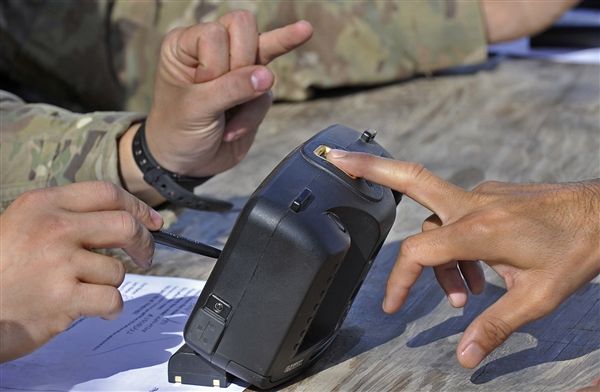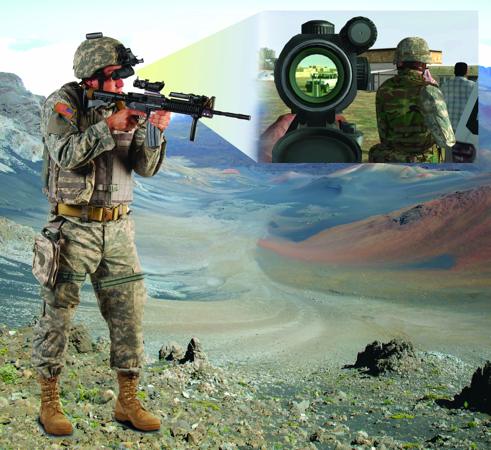The Defense Manpower Data Center is making it easier for service members and their families to get and maintain identification cards.
The center has launched its RAPIDS — Real-time Automated Personnel Identification System — self-service portal to allow service members and reservists with the Defense Department’s common access card, or CAC, to apply for family IDs or retirement cards or update dependents’ statuses online.
“The idea is to try to make life easier for our military members, their families and for veterans,” Mary Dixon, the center’s director, said during a conference call with reporters today. About 3.7 million service members are eligible, Defense Department officials said.
Dixon said the data center “has been working for some time now to try to improve and transform our whole ID card application process so people can do things online and not spend long hours going to a site and waiting to be seen.”
The change may seem procedural, but its impact will be big for those who, without it, have had to spend countless hours waiting in line with their families to get ID cards. Before RAPIDS, service members, retirees and families had to go together to a Defense Manpower Data Center to submit an application form and wait while the ID card is being made, Dixon said.
“This is big project,” she said. “It takes away time from your work, and if you are separated — maybe the spouse is out on a ship or on deployment or your child is away at college — it makes it a huge problem.
“This is not an acceptable situation for us or for our military people,” she added.
Now, CAC holders can go to the RAPIDS website, call up the listing of their dependents, and fill out and digitally sign Form No. 1172-2 for their family members to receive an ID card. That family member then can go alone to the closest DMDC office — they are listed on the website and linked to Google Maps for driving directions — to pick up the card, Dixon said. About 300 of the service centers now accept appointments, she said.
RAPIDS is a win for both the department and families, the director said. “You can do this from your desk,” she said. “As long as your computer is CAC-enabled, it could be from your home or office. You can do it without going to a physical site, which is huge.”
The site also allows establishing a DOD self-service username and password, known as a DS Logon, to access several DOD and Veterans Affairs Department websites without using a CAC. DS Logon, which is available only to CAC holders, also has a “premium account,” which gives the highest level of access, allowing users to view personal data about themselves in the DOD and VA systems, apply for benefits online, check the status of claims and update address records. Users must apply in person for the premium account.
DMDC will continue to expand its self-service options to include changing email certificates and information about family members, Dixon said. The upgrades also include an effort to put new recruits’ fingerprints into the system so lost paperwork can easily be replaced, she said.
Dixon said she hopes the site also will one day include alerts for when an ID card is about to expire, and will be integrated with DMDC’s MilConnect website to access all DOD and Veterans Affairs benefits.
“We still have to have the face-to-face, which is important for legitimate ID proofing,” she said. “But we’re saying, ‘What are the ways to reduce the time you spend at the sites?’”
The data center will continue to make self-service improvements as the Defense Department budget allows, Dixon said.











